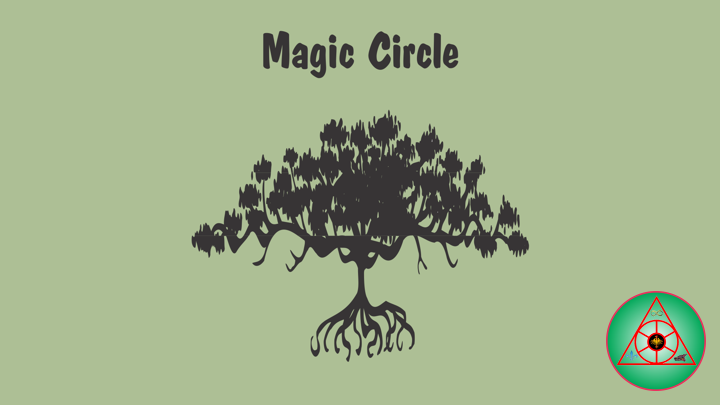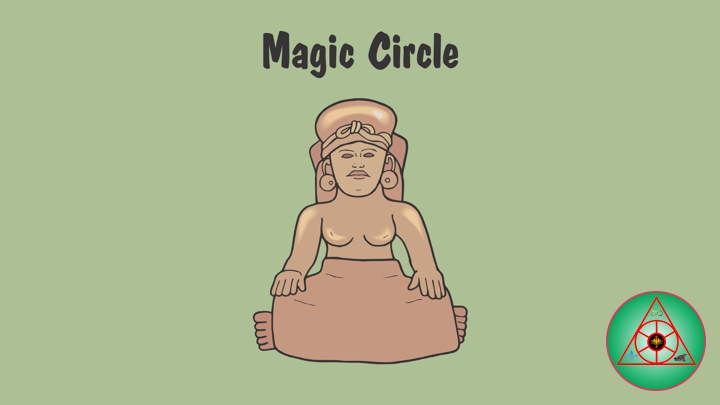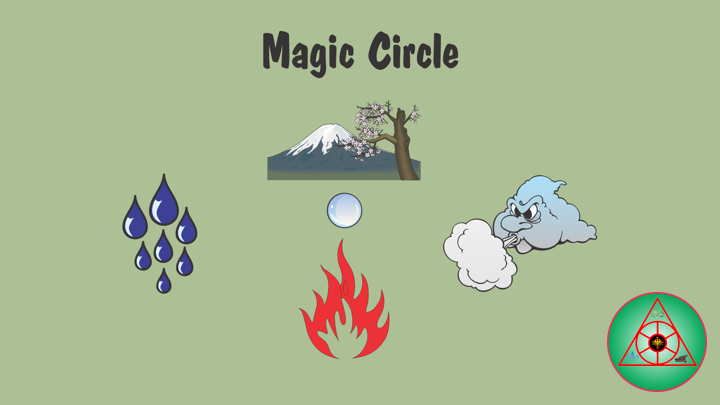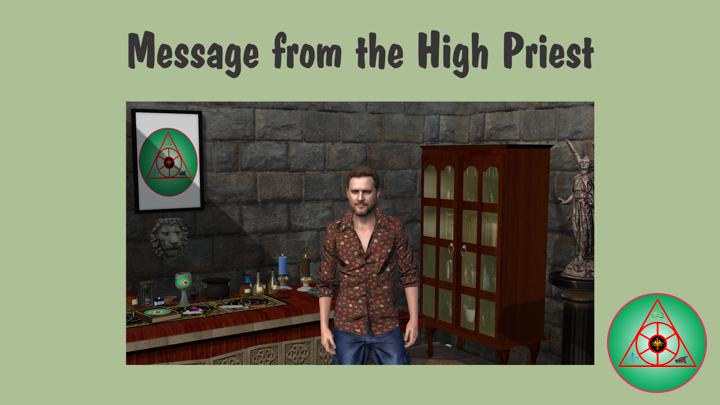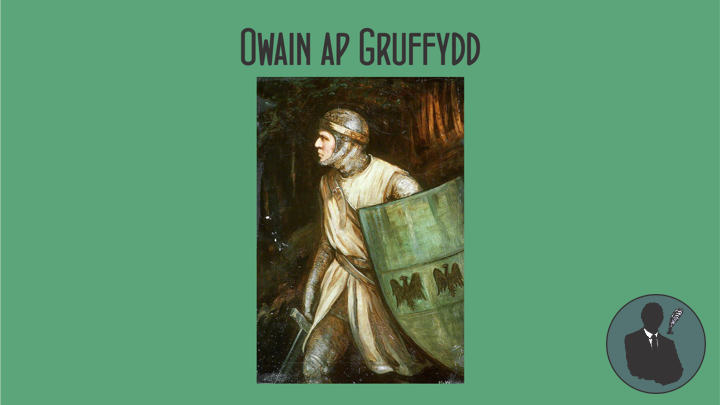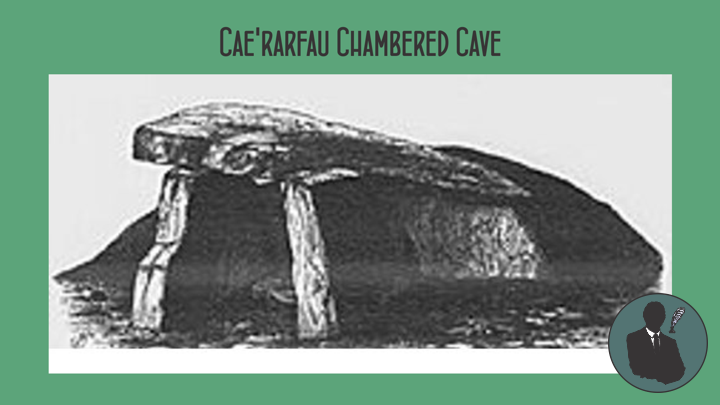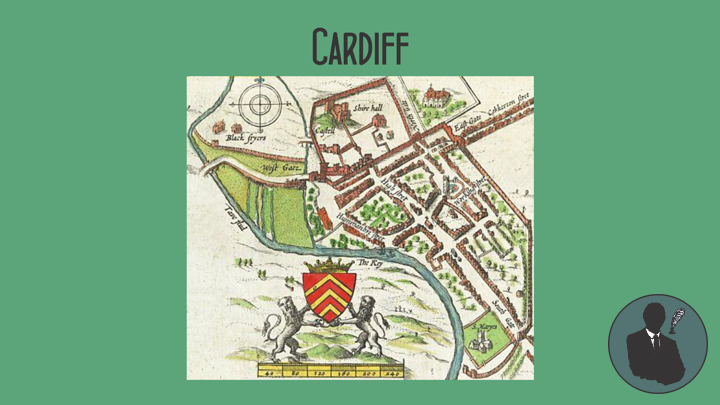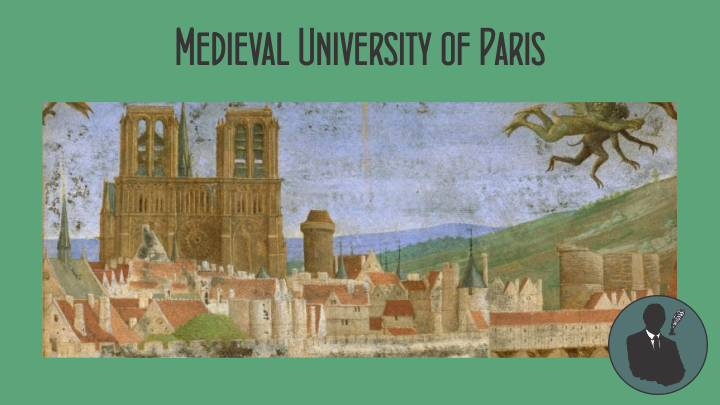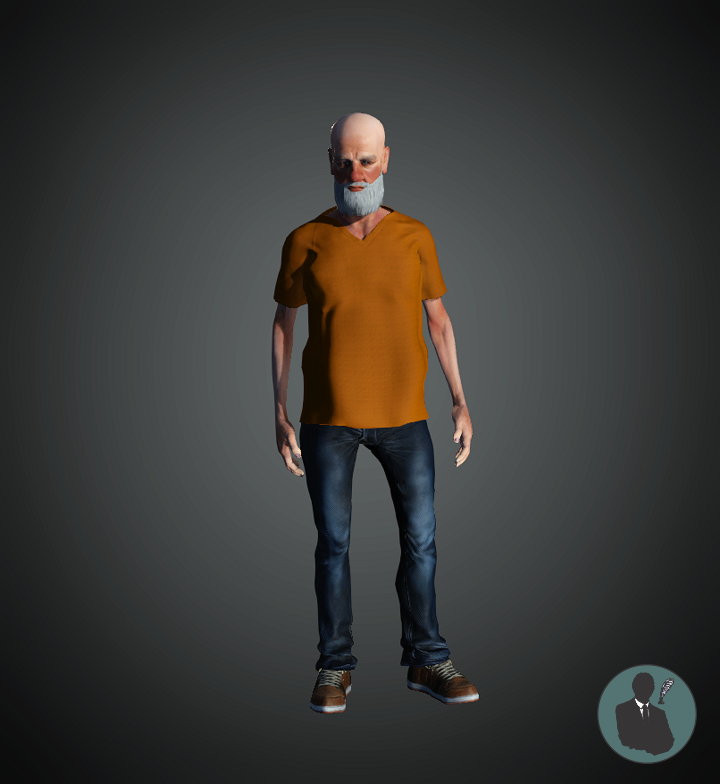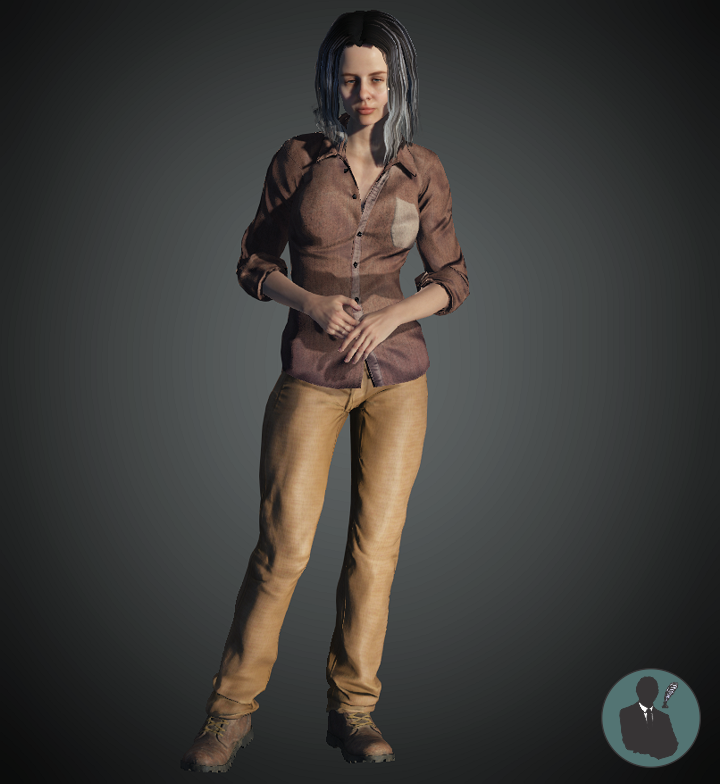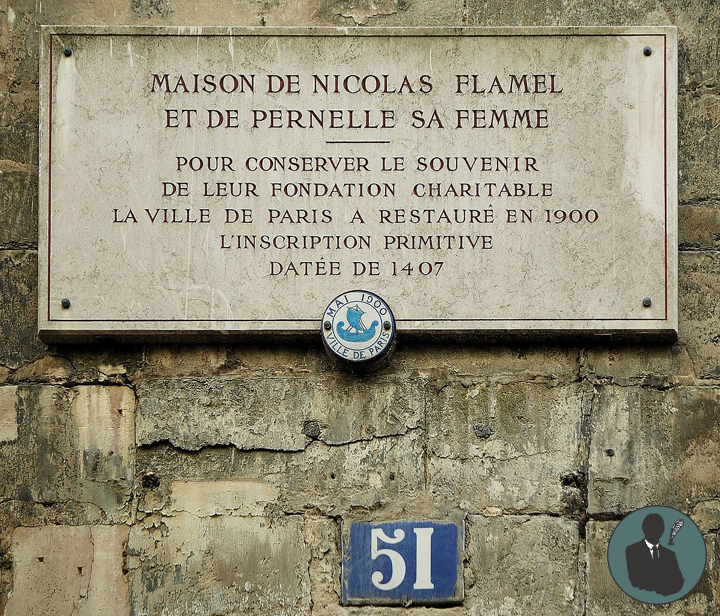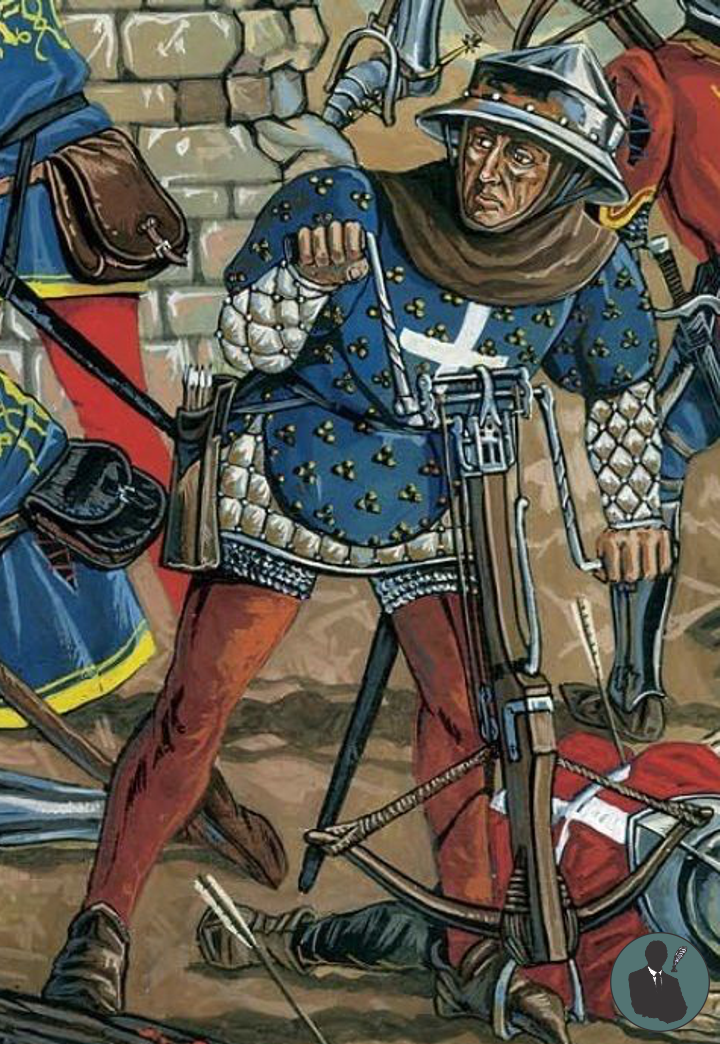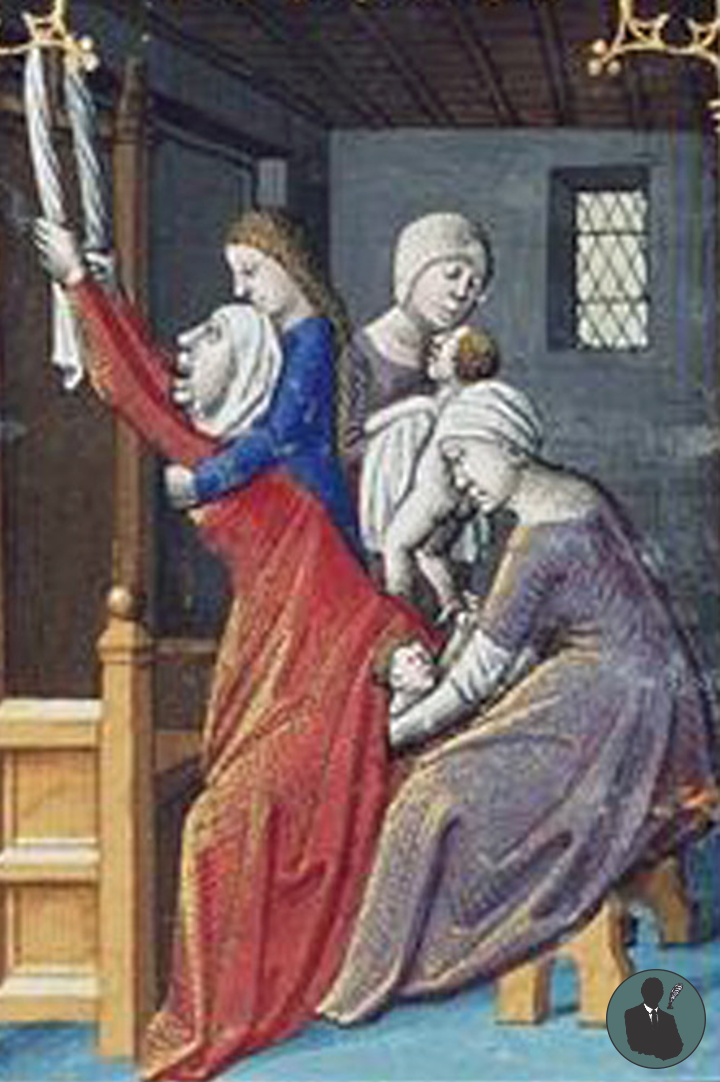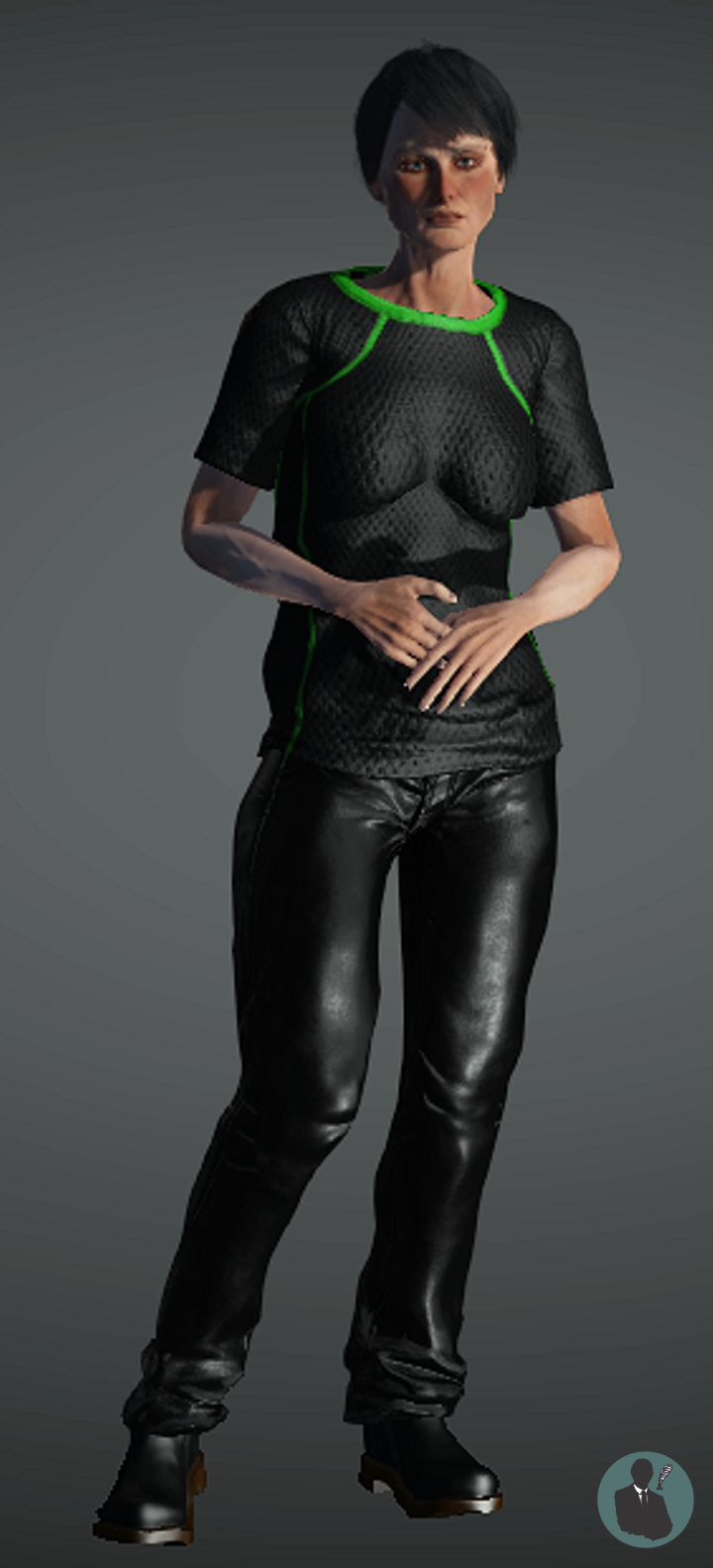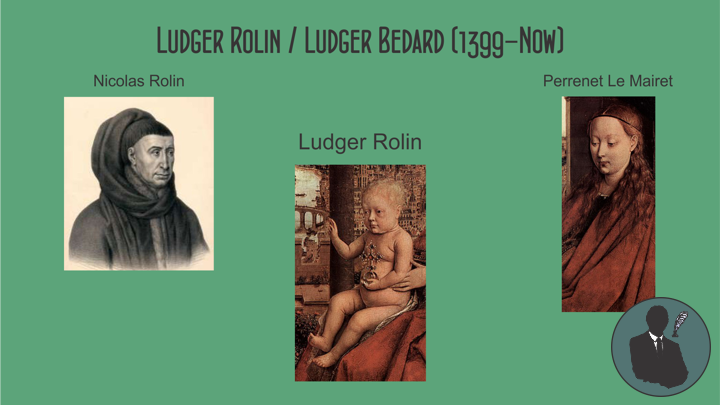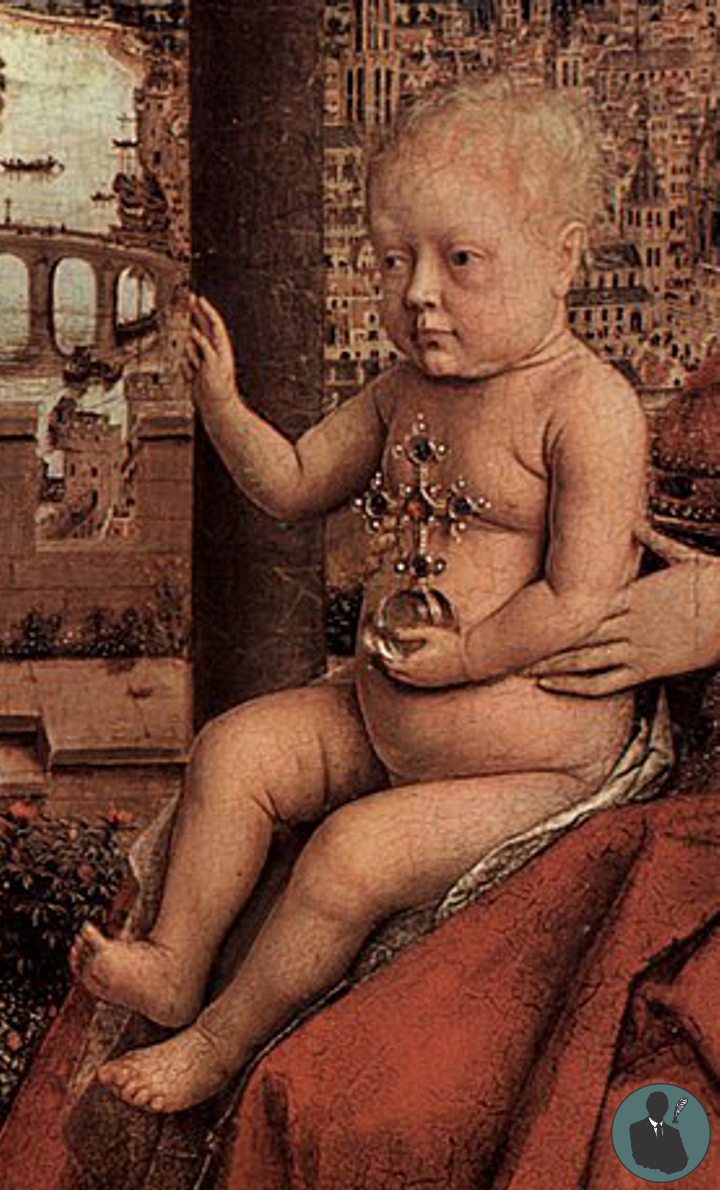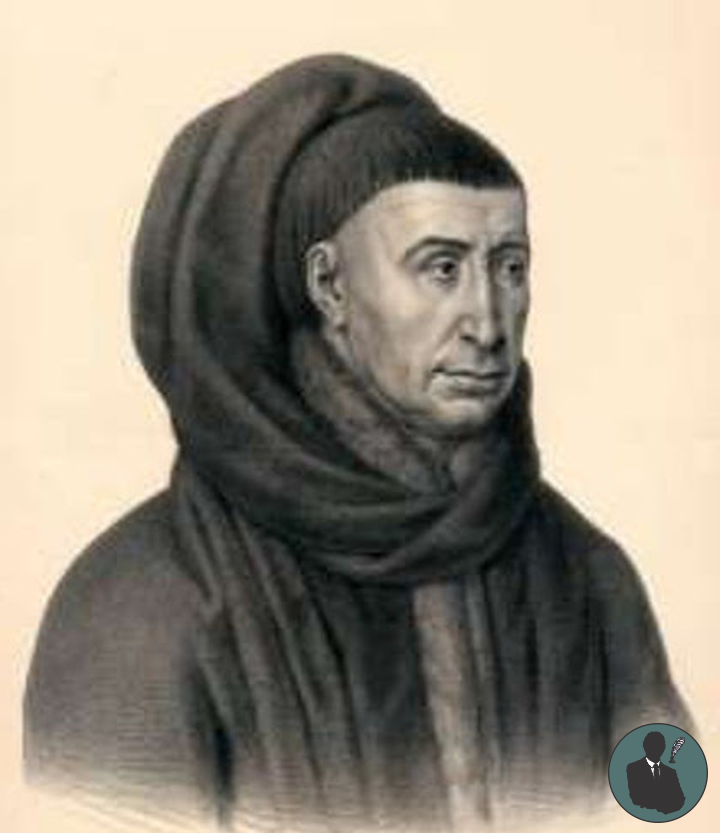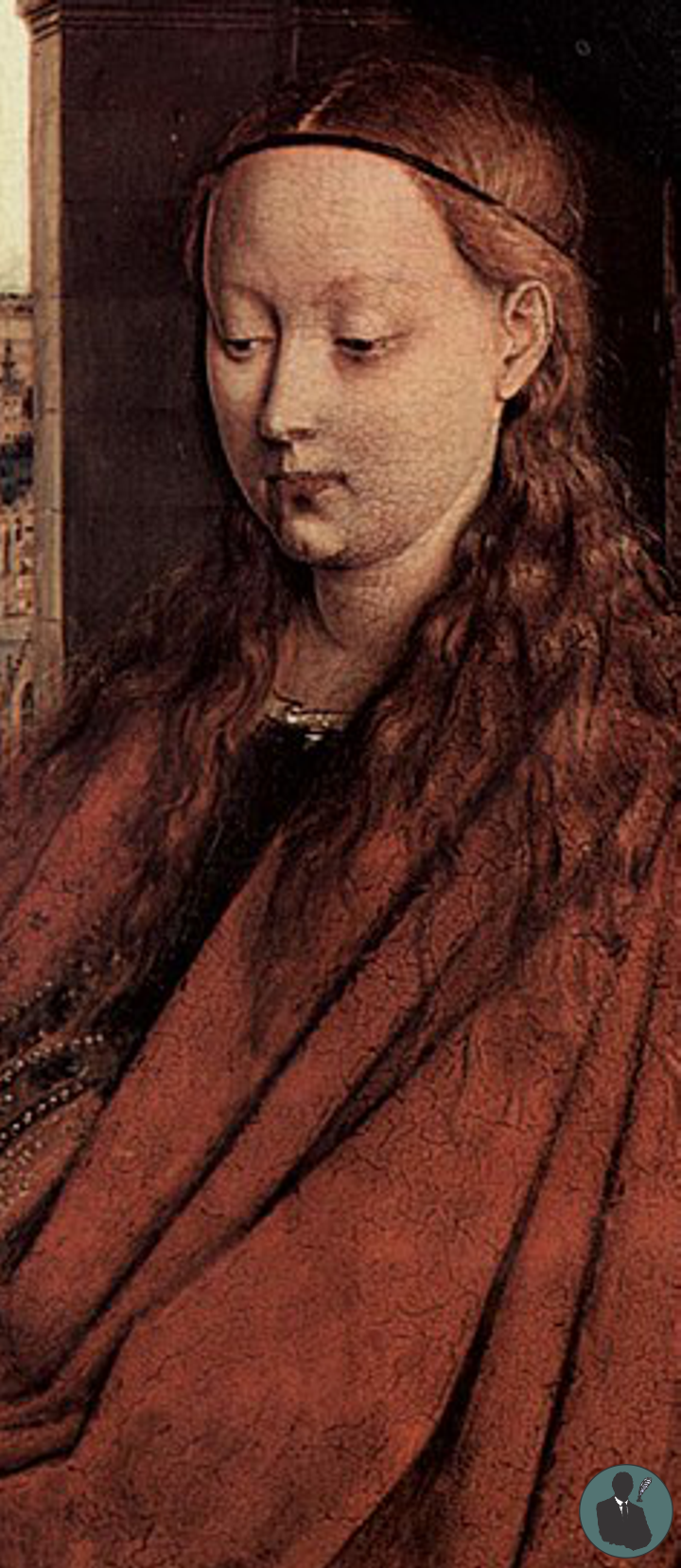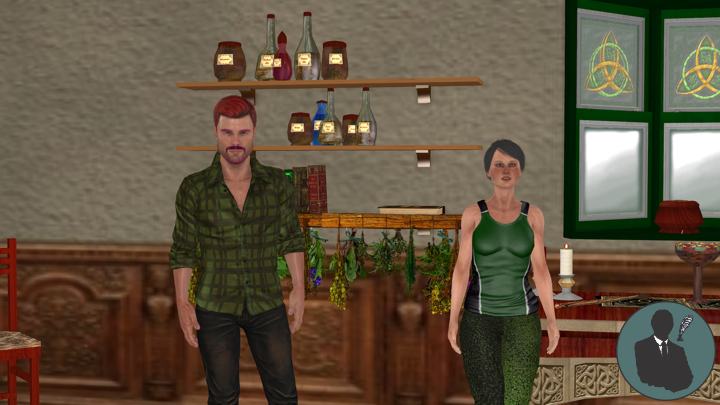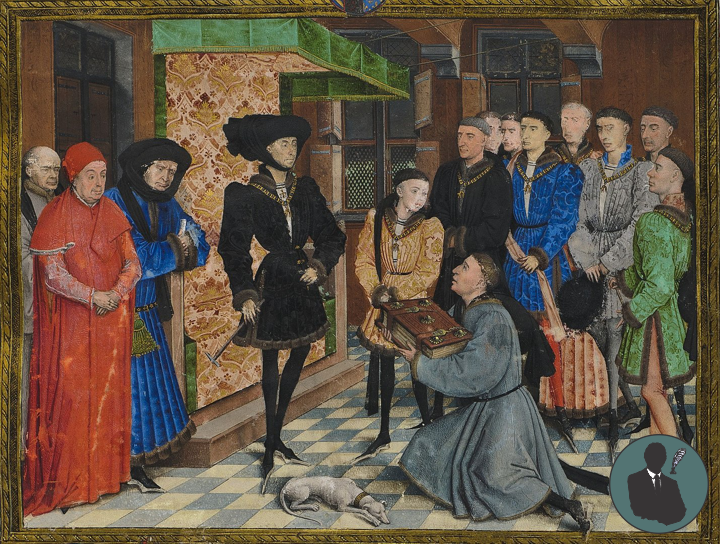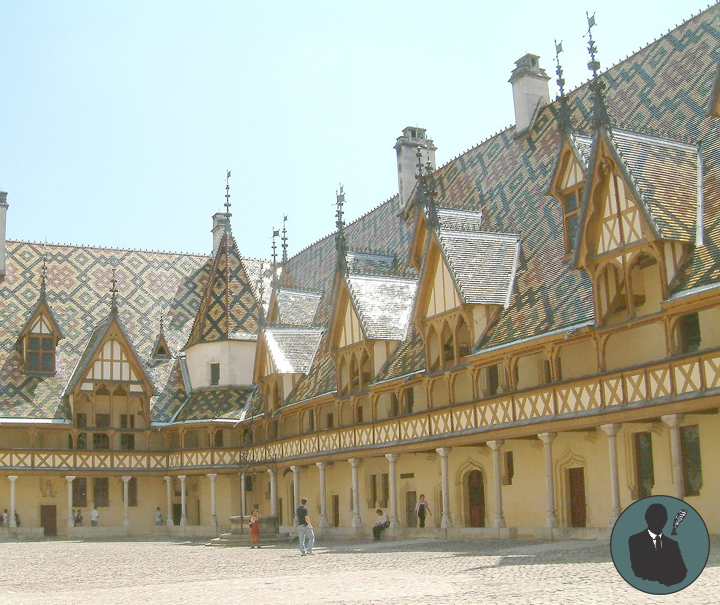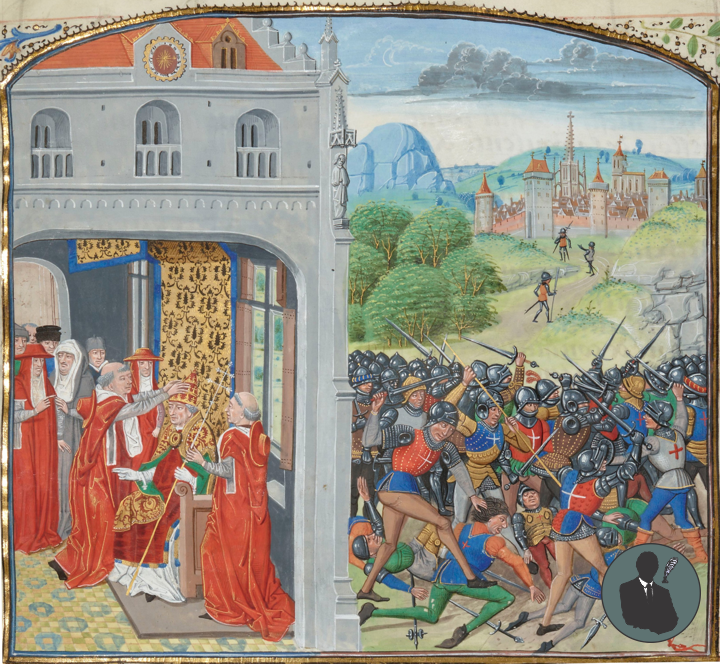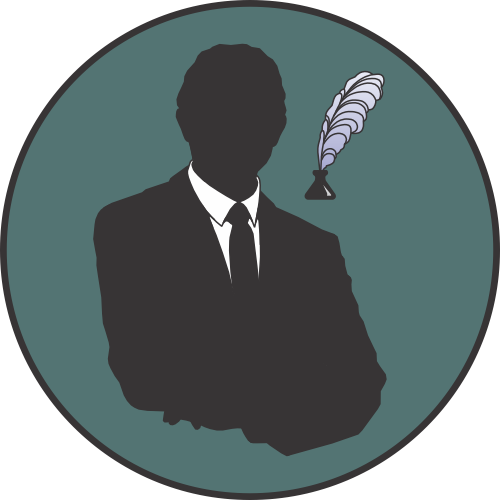Magic
——
#Magic #TLBWB #HighPriest #Witchcraft #Wizard #Witch #SacredHerbs #MagicalOils #Incense #Pentacle #MagicCircle #Spell #Grimoires
——
——
——
——
Grounding
This is very simple. I do it by a visualization of my feet as roots that push deep into the ground. Through these roots feel the energy of the earth and its strength, how it supports you and makes you strong. Your roots should go really go deep. After a while you can do this by just directing your thoughts and energy down into the earth but the visualization helps to get started. You can do this exercise any where whether you are in contact with the earth or not.
Centering
Find a place in your navel where you feel like it is your center of being. Practise centering into different places in the trunk of your body. First imagine that you have a field of energy around you. Another thing about practice, when I say that I am a Wizard or Witch I say that I am a practicing. This means that I am always learning and teaching my self. Being is a constant practice we are always looking for ways to bring peace and love into the enviroment. Our space is our sacred job given by the goddess do what you can to clean it up and make it better. If every person did this the world would be not only better but less hectic. I like the thought that cleaning is a ritual.
Magic Circle
First, ground and center. Mentaly ask the cleaning goddess to help you clean your space. Feel the energy around you, just be aware of how cluttered and messy your space is. Ground and center. What is Magic Circle? Why do we create it? How do we create it? What is it used for? Is it needed?
Magic Circle is simply an area that has been cleansed and blessed by you in the name of a deity. Magic Circle but as Wizard or Witch we do not worship in these areas and therefore must create our own. Magic Circle of space marked out by Wizard or Witch of some branches of ritual magic, which they generally believe will contain energy and form a sacred space, or will provide them a form of magical protection, or both.
To create sacred space you can be as simple or as formal as you wish. By simply saying, “By the powers of Earth, Air, Fire, Water, and Spirit I consecrate this space in the name of the God and the Goddess.” If you prefer something more formal walk around the area once for each individual element and a representation of it.
“By the power of earth I consecrate this space in the name of the God and the Goddess. (Drop salt as you go around and say the words)” Continue with each of the elements using a representation of each; Athame for Earth, water for Water, incense for Air, your candle for Fire.
The common technique for raising energy within the circle is by means of a cone of power. The circle is usually closed by the practitioner after they have finished by drawing in the energy with the Athame the circle including their hand. This is called closing the circle, releasing the circle. The term “opening” is often used, representing the idea the circle has been expanded and dissipated rather than closed in on itself.
It is within this area that you will draw your circle and perform your rituals. The area you choose to work in may be as small or as large as you wish. You may also want to take into consideration whether or not you will be working with others. You may also not want your space to be permanent. You may want to put it away between rituals; such as in my case. Unfortunately, the room is very small, as is the case with most, so my alter must also be the kitchen counter, dinning room table, and desk (Altar Cloth if the real one is covered). I use a trunk and when not in use my Magic Tools are stored within it.
Magic Tools
- Altar
- Altar Cloth
- Grimoires
- Athame
- Boline
- Chalice
- Wand
- Walking Stick
- Pentacle
- Cauldron
- Censer
- Bell
- Mirror Magic
- Jewellery
- Mortar and Pestle
- Magical Oils
- Sacred Herbs
- Magical Teas
- Wax Seal Stamp
- Sealing Wax Spoon
- Sealing Wax
- Parchments
- Magic Charm Bags
- Crystals
- Minerals
- Salt
- Water
- Wine
- Incense
- Candle
- Charcoal
- Etcetera…
Follow Us
Languages Spoken and Written: French, English and Spanish.
eMail: lostbeardedwhite@sassquatch.org
Facebook: https://www.facebook.com/neosteam.labs.9/
YouTube: https://www.youtube.com/channel/UC5eRjrGn1CqkkGfZy0jxEdA
Twitter: https://twitter.com/labs_steam
Pinterest: https://www.pinterest.com/NeoSteamLabs/
Instagram: https://www.instagram.com/luc.paquin/
The Lost Bearded White Brother
——
#Magic #TLBWB #HighPriest #Witchcraft #Wizard #Witch #SacredHerbs #MagicalOils #Incense #Pentacle #MagicCircle #Spell #Grimoires
——
——
Message from the High Priest
I am The Lost Bearded White Brother and was born a long time ago in a cold faraway land. Though I was born in a Catholic family and was baptized such, at home we never really had a spiritual life. I even had an uncle who was a Catholic priest who passed away when I was still a child, and the only thing I really remember from him was his love of the good things in life like good wine and good food. It must have impressed me a lot, because that too has been a lifelong quest, but I digress…
I started reading early, even before starting school. A few years later I was reading at least 6 books a week, and since that tender age I have been a voracious reader. Since I was very young I have always been interested in all things occult. The lack of any spiritual life at home, and my parent’s lack of response to my many questions launched me into a lifelong quest to learn about the mysteries of life. My mother had some interests in the subject and I borrowed some of her numerous books on the subject, as I inherited my thirst for reading from her, and I started to search all of the resources that were available to me at the time. I read about the various organized religions, and became disenchanted with all of them. More and more I became interested in the core philosophies of most religions and how they can be applied to the way we act and live, and to magic that can be used to better mankind.
Though I still consider myself a Catholic by indoctrination, for year I have been practicing my own form of religion or better worded, my own beliefs based on all of those philosophies and religions I studied and on magic. It involves at its core a great respect for others and for nature, and the prime goal to live my life to its fullest and to better myself and mankind daily.
Another interest passed on to my by my mother was that of archeology. She always says that if she could redo her life, she would study this subject. When I was growing up there was a lot of interest in mysticism and in the ancient civilizations, especially the ones from Latin America. I remember reading about the great archeological sites of those faraway warm climes, and dreaming about visiting there a day. As I always say “If there is a wish, there is a way”; I ended up moving to Mexico over 25 years ago after meeting a wonderful Mexican woman and marrying her. I always believed in the duality of the universe, for every Ying there is a Yang, for every Man there is a Woman, and for every cold place there is a warm one.
I brought to this warm country my kind of magic that is rooted in the cold climes of Northern Europe, and have been avidly studying the local brand of magic that has its roots in indigenous spiritualism, in Spanish magic, and various other imported influences, especially the heavy one of the Catholic Church. I have taken from all of those influences the aspects that work with my beliefs and have been using this potent blend of magic to better myself and those next to me. I have also read a lot of indigenous legends pervasive in all of the old southern civilizations about the long lost learned foreigner that will return in times of turmoil to bring spiritual help to the lands of the south.
These current times are nothing but tumultuous and I assume the mantle of High Priest to those who wish to follow me. I only promote goodness and harmony, and thus will only offer help to those seeking such. I plan to offer my magical powers to help those in need. To those who wish to do harm to others, to force others to do things against their will, or to gain things that are not theirs to get, please look somewhere else because I will never do that kind of work.
To those in search of some spiritual direction, if you would please have a look at what my beliefs are. It is not a religion, and I do not want to organize it as such, as with every organized religion comes dogma, and with dogma comes prejudice, and with prejudice comes lack of respect, and so on… Those basic principles are my beliefs, and if all passing through here can live a little more along those lines daily, the world would become a much better place to live in. I hope from the deepest part of my soul that such changes will happen and that the world will be better for it, even if only more one person follow parts of those simple beliefs.
Follow Us
Languages Spoken and Written: French, English and Spanish.
eMail: lostbeardedwhite@sassquatch.org
Facebook: https://www.facebook.com/neosteam.labs.9/
YouTube: https://www.youtube.com/channel/UC5eRjrGn1CqkkGfZy0jxEdA
Twitter: https://twitter.com/labs_steam
Pinterest: https://www.pinterest.com/NeoSteamLabs/
Instagram: https://www.instagram.com/luc.paquin/
The Lost Bearded White Brother
——
#LudgerBedardConsultingPrivateDetective #LudgerBedard #AnneMarieBedard #NicolasFlamel #Detective #Adventurer #Occult #Paranormal #Magic #Alchemy #3DAnimation
——
——
——
——
A home laboratory in Nicolas and Ludger a two goals of alchemy: that they made the Philosopher’s Stone, which turns base metals into gold, and that he achieved immortality through the “Elixir of Life”. Ludger a laboratory technician who works in a laboratory performing procedures, maintaining equipment, assisting lead Nicolas with their work. Flamel and Ludger in 1418 created the Elixir of Life that achieved immortality.
Owain ap Gruffydd
Nicolas Flamel a true friend Owain ap Gruffydd up for him. When others try to hurt him emotionally or physically, they do everything they could to make sure he stayed safe. Owain ap Gruffydd, was a Welsh leader who instigated a fierce and long-running war of independence with the aim of ending English rule in Wales during the Late Middle Ages.
Despite the initial success of the revolution, in 1407 the superior numbers, resources and wealth that England had at its disposal eventually began to turn the tide of the war, and the much larger and better equipped English forces began to overwhelm the Welsh and eventually by 1409 they had reconquered most of Wales. Owain ap Gruffydd fought on until he was cornered and under siege at Kidwelly Castle, however he managed to escape capture by disguising himself as an elderly man, sneaking out of the castle and slipping past the English military blockade in the darkness of the night.
Owain retreated to the Welsh wilderness with a band of loyal supporters, he refused to surrender and continued the war with guerilla tactics such as launching sporadic raids and ambushes throughout Wales and the English borderlands. The last documented sighting of him was in 1412 when he ambushed the Kings men in Brecon and captured and ransomed a leading supporter of King Henry’s. He twice ignored offers of a pardon from the new King Henry V of England, and despite the large rewards offered for his capture, Owain ap Gruffydd was never betrayed to the English. The last native Welsh person to hold the title Prince of Wales. Although initially successful, the uprising was eventually defeated, but Owain disappeared and no one knows what became of him after that.
Cae’rarfau Chambered Cave
The monument comprises the remains of a chambered cave, dating to the Neolithic period. Chambered tombs were built and used by communities over long periods of time. Owain ap Gruffydd travels to a wooded valley, and there on a mound, wielding a large knightly sword he finds the keeper. In some retellings the keeper is as an ogre. The keeper is surrounded by wild animals, some magical power. The keeper ridicules Owain, but after enduring his torments, he directs the knight to travel a path out of the woods where he must climb a hill. Over the hill Owain is told he will come to a broad valley where he will find a great tree. Under the tree is a fountain and near the fountain is a marble slab to which by a chain a silver bowl is fastened. Owain is instructed to fill the bowl with water from the fountain and then wet the slab to summon a black knight upon a black steed.
Owain follows the keeper’s directions, and after wetting the marble slab, there is a peal of thunder followed by a terrible hailstorm which nearly kills both Owain and his horse. The weather then clears and birds land on the tree and sing to the knight. Owain is then approached by a figure, who accuses the knight of killing the people and animals of the land who were unable to find shelter in the supernatural hailstorm. Finally the black knight appears and attacks, beating Owain ap Gruffydd with ease, taking his horse and driving him away from the well. Owain walks back to the forest where the keeper awaits, mocking and shaming the defeated knight further. Owain ap Gruffydd returns to the Cae’rarfau Chambered Cave supplying him with a new horse for his journey home.
Paris to Cardiff
It was common to travel in heavily loaded: goods, food feed, books, laboratory, glass jars, weapons, tools, tents, clothing, money, documents, etc… Travelling was expensive: suitable and elegant clothing, tolls, tips, lodging, food, veterinaries, etc… To travel, wine was a more recommendable drink than some unsafe water. Nicolas, Perenelle, Anne-Marie and Ludger a July 1418 and Paris to Cardiff. Paris at 4 horses and 20 packhorses were used a great deal to carry sacks or baskets filled with goods, slung on either side of the horses to 7 days Saint-Malo.
Viking longships were a type of specialized used by the Viking for commerce and exploration. The ship was built with 60 pairs of oars, for a crew of 120 rowers, a rectangular sail, on a single mast and additional crew members, Nicolas, Perenelle, Anne-Marie and Ludger. Sailing used to take place when the sea was the calmest. The driving forces of the ships were rowing and sail this combined with the use of oars. At 10 days trip from Saint-Malo to Cardiff.
Cardiff from Owain ap Gruffydd to Nicolas, Perenelle, Anne-Marie and Ludger to the Cae’rarfau Chambered Cave.
Nicolas Flamel
——
#LudgerBedardConsultingPrivateDetective #LudgerBedard #AnneMarieBedard #NicolasFlamel #MedievalUniversity #Detective #Adventurer #Occult #Paranormal #Magic #Alchemy #3DAnimation
——
——
Meeting of Doctors at the University of Paris
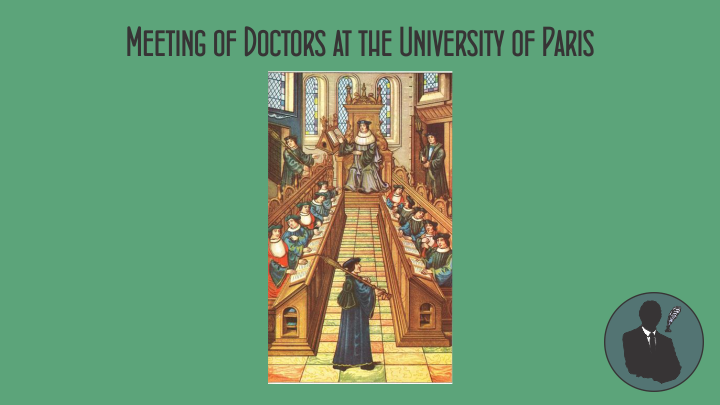
——
Descent of the Holy Ghost Upon the Faithful
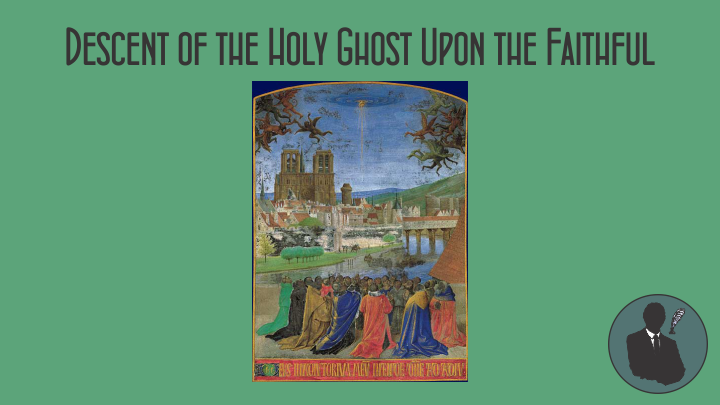
——
Anne-Marie is Ludger a polymath in knowledge covers a substantial number of subjects, known to take advantage of complex knowledge bodies to solve specific problems. Anne-Marie and Flamel is Ludger student attended the medieval university at different ages 8 if they were attending University of Paris. University Ludger studie took 3 years for a Master of Arts degree. Once a Master of Arts degree had been conferred, the Ludger student could leave the university or pursue further studies in one of the higher faculties medicine, the last one being the most prestigious Doctorate Degree.
Medieval University
A medieval university was a corporation organized during the Middle Ages for the purposes of higher education. The first Western European institutions generally considered to be universities were established in the Kingdom of Italy, the Kingdom of England, the Kingdom of France, the Kingdom of Spain, and the Kingdom of Portugal between the 11th and 15th centuries for the study of the arts and the higher disciplines of theology, law, and medicine. During the 14th century there was an increase in growth of universities and colleges around Europe.
The word universitas originally applied only to the scholastic guilds—that is, the corporation of students and masters—within the studium, and it was always modified, as universitas magistrorum, universitas scholarium, or universitas magistrorum et scholarium. Eventually, probably in the late 14th century, the term began to appear by itself to exclusively mean a self-regulating community of teachers and scholars recognized and sanctioned by civil or ecclesiastical authority.
Establishment
Among the earliest universities of this type were the University of Bologna (1088), University of Paris (1150), University of Oxford (1167), University of Modena (1175), University of Palencia (1208), University of Cambridge (1209), University of Salamanca (1218), University of Montpellier (1220), University of Padua (1222), University of Toulouse (1229), University of Orleans (1235), University of Siena (1240), University of Valladolid (1241) University of Northampton (1261), University of Coimbra (1288), University of Pisa (1343), Charles University in Prague (1348), Jagiellonian University (1364), University of Vienna (1365), Heidelberg University (1386) and the University of St Andrews (1413) begun as private corporations of teachers and their pupils.
Course of Study
University studies took six years for a Master of Arts degree. Studies for this were organized by the faculty of arts, where the seven liberal arts were taught: arithmetic, geometry, astronomy, music theory, grammar, logic, and rhetoric. All instruction was given in Latin and students were expected to converse in that language. The trivium comprised the three subjects that were taught first: grammar, logic, and rhetoric. The quadrivium consisted of arithmetic, geometry, music, and astronomy. The quadrivium was taught after the preparatory work of the trivium and would lead to the degree of Master of Arts. The curriculum came also to include the three Aristotelian philosophies: physics, metaphysics and moral philosophy.
Trivium
The trivium is the lower division of the seven liberal arts and comprises grammar, logic, and rhetoric. Grammar, logic, and rhetoric were essential to a classical education, as explained in Plato’s dialogues. The three subjects together were denoted by the word trivium during the Middle Ages, but the tradition of first learning those three subjects was established in ancient Greece.
Quadrivium
The quadrivium followed the preparatory work of the trivium, consisting of grammar, logic, and rhetoric. In turn, the quadrivium was considered the foundation for the study of philosophy and theology. The quadrivium was the upper division of the medieval education in the liberal arts, which comprised arithmetic (number in the abstract), geometry (number in space), music (number in time), and astronomy (number in space and time). Educationally, the trivium and the quadrivium imparted to the student the seven liberal arts (essential thinking skills) of classical antiquity.
Anne-Marie Bedard
——
#LudgerBedardConsultingPrivateDetective #LudgerBedard #AnneMarieBedard #NicolasFlamel #Detective #Adventurer #Occult #Paranormal #Magic #Alchemy #3DAnimation
——
——
——
——
Anne-Marie and child Ludger Bedard here is Paris. She is generally considered one of the first truly professional master chefs. From 1402 – 1407 she was in service to Charles VI. From 1407 she was in service to Nicolas Flamel.
Nicolas Flamel
Nicolas Flamel was a French scribe and manuscript-seller. In his youth in the Pyrenees Mountains of France, and it was there that he met Perenelle, his future wife. Flamel became a noted alchemist of considerable talent. At some point, he created the Philosopher’s Stone, an item of immense magical power. With the Stone, he created the Elixir of Life, a potion that made the drinker functionally immortal as long as it was regularly ingested. He and Perenelle regularly used the potion after that time.
Flamel spent 21 years trying to decipher it all. When Paris couldn’t provide answers, he set off to Spain to find a Jewish scholar and came across Maestro Canches, a learned Jewish man living in Leon. Canches recognised Abraham the Jew as one of the earliest masters of the Jewish mystical tradition of Kabbalah and translated the few pages Flamel had with him before agreeing to travel back to France and translate the rest. Unfortunately, he fell ill on the journey and died before they reached Paris.
He ran two shops as a scribe and married Perenelle in 1368. She brought the wealth of two previous husbands to the marriage. The French Catholic couple owned several properties and contributed financially to churches, sometimes by commissioning sculptures. Later in life, they were noted for their wealth and philanthropy.
Perenelle Flamel (1320 – Now)
Perenelle Flamel was the wife of the famous 14th-century scribe Nicolas Flamel. Perenelle’s reputation as an alchemist stems from a book written in 1612, allegedly authored by her husband. However, Nicolas’ reputation as an author and immortal alchemical. Perenelle figures prominently in the introduction of this Booke of Hieroglyphicall Figures, where the character of Nicolas outlines his quest for the philosopher’s stone. In this story, Perenelle witnesses alchemical projections and aids in chrysopoeia.
House in Paris
One of Flamel’s houses still stands in Paris, at 51 rue de Montmorency. It is the oldest stone house in the city. There is an old inscription on the wall, which states, “We, plowmen and women living at the porch of this house, built in 1407, are requested to say every day an ‘Our Father’ and an ‘Ave Maria’ praying God that His grace forgive poor and dead sinners.”
Philosopher’s Stone
The philosopher’s stone, more properly philosophers’ stone or stone of the philosophers, is a mythical alchemical substance capable of turning base metals such as mercury into gold or silver. It is also called the elixir of life, useful for rejuvenation and for achieving immortality; for many centuries, it was the most sought goal in alchemy. The philosophers’ stone was the central symbol of the mystical terminology of alchemy, symbolizing perfection at its finest, enlightenment, and heavenly bliss.
Anne-Marie Bedard
——
#LudgerBedardConsultingPrivateDetective #LudgerBedard #AnneMarieBedard #Detective #Adventurer #Occult #Paranormal #Magic #Alchemy #3DAnimation
——
Abraham Bedard
——
Guillemette Le Clerc
——
Anne-Marie Bedard
——
Anne-Marie Bedard as born in 1357 in Beaune, Burgundy, France. The daughter of Abraham Bedard and Guillemette Le Clerc, she was the thirteen of their thirteen children. Father Abraham Bedard is French soldiers. Guillemette Le Clerc changing views of medicine caused the women’s role as midwife to be pushed aside as the professionalization of medical practitioners began to go up.
Monks and monasteries of the Roman Catholic Church have had an important influence on the history of Burgundy wine. While single women both lived without a spouse at some point in their lives, their lifestyles were very different and widows were often awarded more freedoms and opportunities. If a woman living did not marry in her teens, she was often expected to join a nunnery.
Le Tart Abbey, was the nunnery of the Cistercian. It was located of Tart-l’Abbaye in Burgundy the Cistercian mother house. Thanks to its support from the upper echelons of society, if not to more popular appeal, the abbey received sufficient endowments to ensure its financial stability through the difficult times to come. Its lands included several vineyards, and the sale of wine was a significant element in the abbey’s economy: five hectares of the Vignoble de Bourgogne, others located at Beaune, Chambolle-Musigny, Morey-Saint-Denis, Chézeaux and Vosne-Romanée.
Abbesses Cistercian are major superiors according to canon law, the equivalents of abbots or bishops. They receive the vows of the nuns of the abbey; they may admit candidates to their order’s novitiate; they may send them to study; and they may send them to do pastoral or missionary, or to work or assist—to the extent allowed by canon and civil law—in the administration and ministry of a parish or diocese. They have full authority in its administration. They may not administer the sacraments, whose celebration is reserved to bishops, priests, namely, those in Holy Orders.
Abbesses Cistercian, Anne-Marie Bedard apprenticeships within these trades were difficult to acquire and were not given formal representation in official records. If a woman was lucky enough to acquire such an opportunity to advance professionally within the trade. The economic difficulties that guilds imposed on unmarried women led many to enter the retail industry.
Anne-Marie Bedard is an important figure in the early history of French cuisine. She was cook to the Nicolas Rolin. His first position was enfant de cuisine to Abbesses Cistercian. From 1372 she was queux, head chef. In 1382 she became squire to the Nicolas Rolin. He is generally considered one of the first truly “professional” master chefs.
She expanded a collection of recipes as Anne-Marie Bedard, a famous book on cookery and cookery technique, thought to be one of the first professional treatises written in France and upon which the French gastronomic tradition was founded. It had an inestimable influence on subsequent books on French cuisine and is important to food historians as a detailed source on the medieval cuisine of northern France.
Anne-Marie Bedard
——
#LudgerBedardConsultingPrivateDetective #LudgerBedard #AnneMarieBedard #LudgerRolin #NicolasRolin #PerrenetLeMairet #Detective #Adventurer #Occult #Paranormal #Magic #Alchemy #3DAnimation
——
Ludger Rolin / Ludger Bedard (1399-Now)
——
Ludger Rolin
——
Nicolas Rolin
——
Perrenet Le Mairet
——
Ludger Bedard and Mom Anne-Marie Bedard
——
Nicolas Rolin also inherited his family’s home in Autun on the Rue de Bancs, which, throughout his long life, remained his primary residence. Anne-Marie Bedard a chef de cuisine is a chef that leads and manages the kitchen and chefs of a Nicolas Rolin. The chef de cuisine is in charge of all activities related to the kitchen, which usually includes creating menus, managing kitchen staff, ordering and purchasing stock and equipment, plating design, enforces nutrition, safety, and sanitation, and ensuring the quality of the meals that are served.
Ludger Rolin as born in 1399 in Autun, Burgundy, France. Ludger, “Enfant Terrible” is a French expression, traditionally referring to a child who is terrifyingly candid by saying embarrassing things to parents or others. Nicolas Rolin and Ludger Rolin to represent the interests of children in cases where the child’s wishes differ from those of either parent. Important burgher of Autun, after practice as lawyer in the Parliament of Paris.
However, the expression has drawn multiple usage in careers of science, art, fashion, music, and other creative arts. In these careers, it implies a successful “genius” who is very unorthodox, striking, and in some cases, offensive, rebellious, usually young and successful person who is strikingly unorthodox, innovative, or avant-garde.
Anne-Marie and child Ludger Bedard a legal guardian in 1401 a person who has the legal authority, and the corresponding duty, to care for the personal and property interests of another person, called a ward. The term in “loco parentis” refers to the legal responsibility of a person to take on some of the functions and responsibilities of a parent. Anne-Marie and child Ludger Bedard here is Paris.
An avid reader from before the time he started formally in school, he has had a lifelong interest in learning. He has always said:
“If you go to bed at night without learning something new that day, your day is not complete.”
Ludger Bedard (1411)
The quintessential “Renaissance Man”, Ludger has always had deep passions for a wide variety of interest for as long as he can remember. He is self-learned on a wide variety of topics, and has developed a series of learning and creative techniques to assist him.
Polymath
A polymath is an individual whose knowledge spans a substantial number of subjects, known to draw on complex bodies of knowledge to solve specific problems. Embodying a basic tenet of Renaissance humanism that humans are limitless in their capacity for development, the concept led to the notion that people should embrace all knowledge and develop their capacities as fully as possible. This is expressed in the term Renaissance man, often applied to the gifted people of that age who sought to develop their abilities in all areas of accomplishment: intellectual, artistic, social, physical, and spiritual.
To have encyclopedic knowledge is to have “vast and complete” knowledge about a large number of diverse subjects. A person having such knowledge is called a human encyclopedia or a walking encyclopedia. The concept of encyclopedic knowledge was once attributed to exceptionally well-read or knowledgeable persons such as Plato, Aristotle, Hildegard von Bingen, Leonardo da Vinci, Immanuel Kant, or G. W. F. Hegel. Tom Rockmore described Hegel, for example, as a polymath and “a modern Aristotle, perhaps the last person to know everything of value that was known during his lifetime.” Such persons are generally described as such based on their deep cognitive grasp of multiple and diverse fields of inquiry—an intellectually exceptional subset of philosophers who might also be differentiated from the multi-talented, the genius, or the “Renaissance man.”
Ludger Bedard Detective
——
#LudgerBedardConsultingPrivateDetective #LudgerBedard #NicolasRolin #HospicesDeBeaune #HundredYearsWar #Detective #Adventurer #Occult #Paranormal #Magic #Alchemy #3DAnimation
——
Nicolas Rolin
The Virgin with Chancellor Rolin
——
Nicolas Rolin
Philip the Good of Burgundy and Courtiers, with Rolin at his right hand.
——
Nicolas Rolin
Hospices de Beaune
——
Nicolas Rolin (1376–1462) was a leading figure in the history of Burgundy and France, becoming chancellor to Philip the Good (Philip III, Duke of Burgundy).
Of bourgeois origins, Rolin was born in Autun in 1376 and baptized in the family church of Notre-Dame du Châtel across the street from his home. Nicolas’s granduncle managed to parlay a small inheritance and some good luck into significant landholdings and his grandfather was a prominent, if not particularly wealthy Autunois. Nicolas’s father was a successful landholder who transformed his financial windfall into good marriages for his sons.
The rents and other income accrued from his properties, most of which were related to viniculture, were substantial enough that he had become fairly prominent by the time of his death in 1389, when he was buried in the Cathedral of Saint Lazare in Autun. Coming into a significant inheritance in his teens, Rolin pursued his studies of law in Avignon as a wealthy young man. He inherited lands in such famous wine-producing areas as Mersault, Auxey, Volnay, Beaune, and Pommard, and his landholdings became even larger following the death of his brother, Jean.
Rolin’s first marriage in 1398 was part of a triple marriage of his widowed mother to a bourgeois of Beaune, accompanied by the marriages of her two sons to two daughters of the bridegroom, Perrenet Le Mairet. However all three of these brides were dead within a few years.
Rolin spent the majority of his life working for the Valois dukes of Burgundy, and while he was wealthier than many of those with titles around him, he was not noble. That at a court where the roturier, whatever his office or wealth, was always second-best to the noble born-and-bred, lesser social origins were an embarrassment which one did not seek to expose or explain at length. Chastelain, a prime example of this himself, reflects the values of the milieu that had adopted him in his aloof treatment of those who climbed the social ladder. Chastelain was a member of the minor nobility with limited financial resources and his position at court may account, at least in part, for his unflattering description of Rolin.
Rolin began his career as a lawyer in the Paris parliament and was quickly made chief legal council for John the Fearless in 1408. He served as a chief legal advisor and as an ambassador for the duke until John’s brutal murder in Montereau in 1419. John’s son, Philip the Good, named Rolin chancellor of Burgundy on December 3, 1422, and with this new title Rolin continued his ascent, soon becoming one of the most important diplomats on the European political stage. Rolin was charged with interpreting, negotiating and enforcing the legal rights and regulations of the duchy as well as oversight of all accounting. He served as keeper of the duke’s seal and was involved in most domestic and foreign affairs of state. Performing this service during the years in which Burgundy’s relations with France and England were particularly strained, Rolin acted as a trusted counselor to Philip the Good, helping him navigate his way through treacherous political waters. Rolin’s third marriage, to Guigone de Salins, was also his most upwardly mobile since the bride was a member of the high nobility. In 1423 or 1424, Philip the Good knighted Rolin, and Guigone was made a member of the duchess’s court.
Hospices de Beaune
The Hospices de Beaune or Hôtel-Dieu de Beaune is a former charitable almshouse in Beaune, France. It was founded in 1443 by Nicolas Rolin, chancellor of Burgundy, as a hospital for the poor. The original hospital building, the Hôtel-Dieu, one of the finest examples of fifteenth-century Burgundian architecture.
The Hôtel-Dieu was founded on 4 August 1443, when Burgundy was ruled by Duke Philip the Good. The Hundred Years’ War had recently been brought to a close by the signing of the Treaty of Arras in 1435. Massacres, however, continued with marauding bands till roaming the countryside, pillaging and destroying, provoking misery and famine. The majority of the people of Beaune were destitute, and the area had recently suffered an outbreak of plague. Nicolas Rolin, the Duke’s Chancellor, and his wife Guigone de Salins, responded by building a hospital and refuge for the poor. Having gained permission from Pope Eugene IV in 1441, the hospice was built and consecrated on 31 December 1452. In conjunction, Rolin established the “Les sœurs hospitalières de Beaune” religious order.
Ludger Bedard
——
#LudgerBedardConsultingPrivateDetective #LudgerBedard #HundredYearsWar #Detective #Adventurer #Occult #Paranormal #Magic #Alchemy #3DAnimation
——
——
——
——
Hundred Years’ War (1337–1360)
The Battle of Crécy
Hundred Years’ War (1369–1389)
The Battle of Pontvallain
Hundred Years’ War (1415–1453)
The Siege of Orléans
Hundred Years’ War
The Hundred Years’ War was a series of conflicts between the kingdoms of England and France during the Late Middle Ages. It originated from disputed claims to the French throne between the English royal House of Plantagenet and the French royal House of Valois.
The Hundred Years’ War could be considered a lengthy war of succession between the houses of Valois and Plantagenet. The early reign of Philip VI was a promising one for France. The new king fought the Flemings on behalf of his vassal, the count of Flanders, and restored that count to power. Edward III’s aggression against Scotland, a French ally, prompted Philip VI to confiscate Guyenne. In the past the English kings would have to submit to the King of France. But Edward, having descended from the French kings, claimed the throne for himself. France was then at the height of its power. No one believed that the English king could make good his claim to France.
The was a series of conflicts in Western Europe from 1337 to 1453, waged between the House of Plantagenet and its cadet House of Lancaster, rulers of the Kingdom of England, and the House of Valois over the right to rule the Kingdom of France. It was one of the most notable conflicts of the Middle Ages, in which five generations of kings from two rival dynasties fought for the throne of the largest kingdom in Western Europe. The war marked both the height of chivalry and its subsequent decline, and the development of stronger national identities in both countries.
Later historians adopted the term “Hundred Years’ War” as a historiographical periodisation to encompass these conflicts, constructing the longest military conflict in European history. It is common to divide the war into three phases, separated by truces: the Edwardian War (1337–1360), the Caroline War (1369–1389), and the Lancastrian War (1415–1453). Although each side drew many allies into the war, in the end, the House of Valois retained the French throne and the English and French monarchies remained separate.
Ludger Bedard
——
#LudgerBedardConsultingPrivateDetective #LudgerBedard #Detective #Adventurer #Occult #Paranormal #Magic #Alchemy #3D Animation
——
——
The world is the planet Earth and all life upon it, including human civilization. In a philosophical context, the world is the whole of the physical Universe.
A detective is an investigator. They often collect information to solve crimes by talking to witnesses and informants, collecting physical evidence, or searching records in databases. A detective may work for the privately. Professional detective and his motivations for solving the mysteries.
The detective branch in most each of which specializes in investigation into a particular type of crime or a particular type of undercover operation, which may include: homicide, robbery, burglary, organized crimes, missing persons, juvenile crime, fraud, narcotics, vice, criminal intelligence, computer crime, surveillance, and arson, among others.
Ludger is known for his proficiency with observation, deduction, forensic science, and logical reasoning that borders on the fantastic, which he employs when investigating cases for a wide variety of clients. Private consulting detective who investigates murder, occult, ghosts, demons, curses, magic, vampires, undead, monsters and other supernatural elements. Some occult detectives are portrayed as being psychic or in possession of other paranormal or magical powers.
Ludger he is a detective, adventurer, physicians, doctor, scientist, mathematics, physicist, chemistry, biology, biochemistry, biophysics, biotechnology, botany, cell biology, evolution, ecology, engineering, electronic, alchemy, magic, philosopher’s stone, elixir of life, immortality, supernatural prophetic, transporter, time warp, researchers, inventors, chef, artists, explorers and polymath or Renaissance man who rights wrongs and punishes evildoers.
Ludger Bedard
